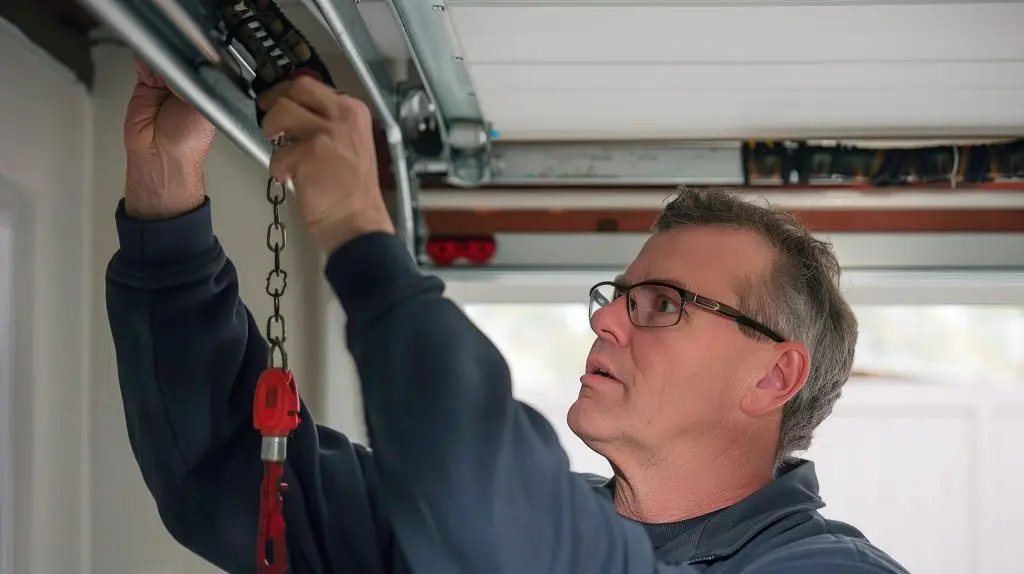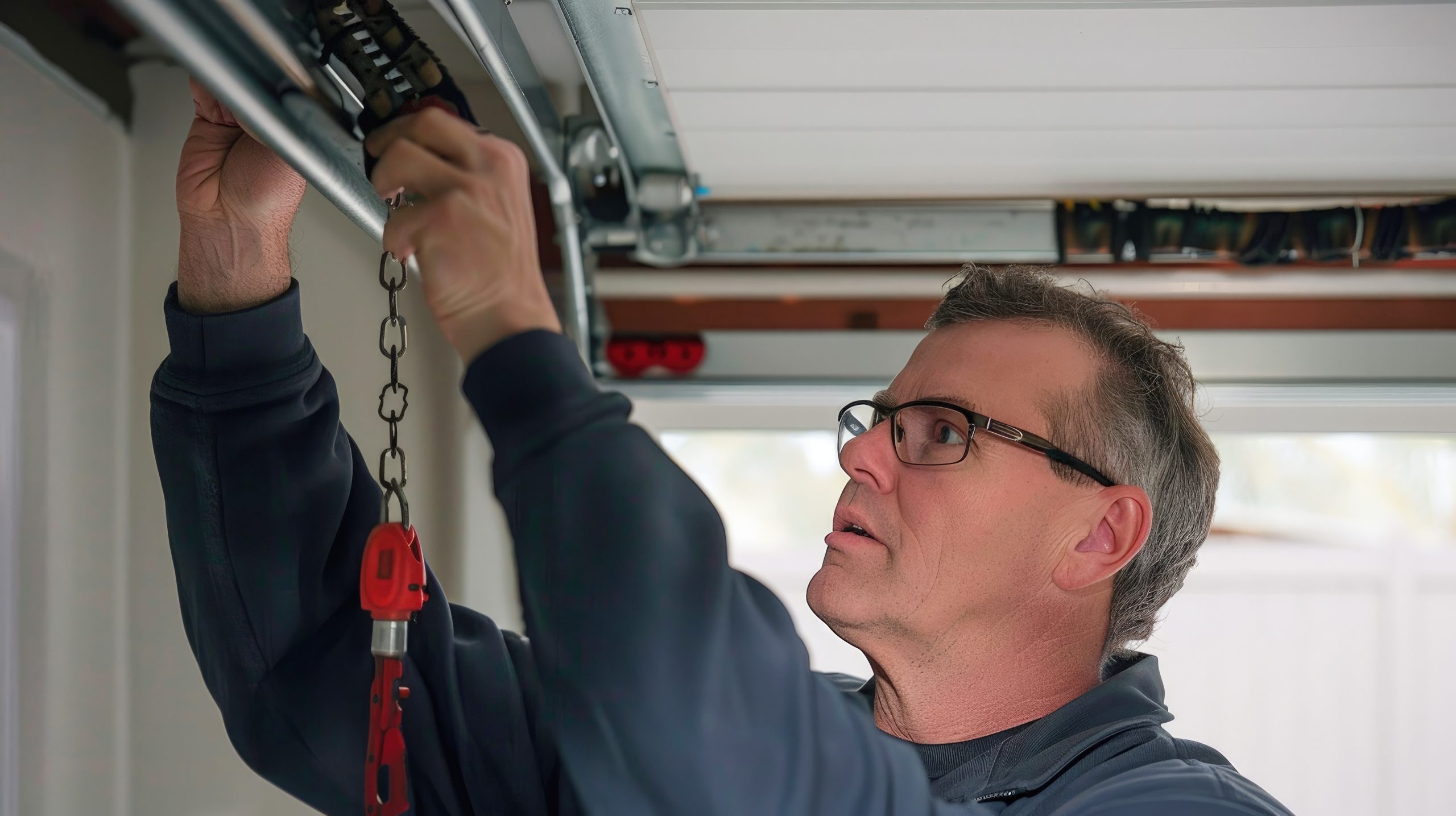How to Winterize Your Garage Door for Optimal Performance

How to Winterize Your Garage Door for Optimal Performance
As the winter season approaches, it’s essential to ensure your garage door is prepared to handle dropping temperatures and harsh weather conditions. Failing to winterize your garage door can lead to a range of issues, from increased energy bills to unnecessary repairs. Here’s how to winterize your garage door and keep it functioning optimally all winter long.
1. Inspect and Tighten Hardware
Regularly inspecting the mechanical components of your garage door is crucial. Vibrations caused by daily use can loosen the brackets, bolts, and hardware. Go through and tighten all the parts to prevent any unforeseen malfunctions.
2. Lubricate Moving Parts
Cold weather can cause garage door parts to stiffen and potentially break. To prevent this, lubricate the rollers, tracks, and hinges using a silicone-based lubricant. This practice minimizes friction, allowing your door to operate smoothly even during frigid conditions.
3. Check Weatherstripping
The rubber weatherstripping at the bottom of your garage door is vital for maintaining a sealed environment. Check for cracks or damage and replace if necessary. Weatherstripping prevents cold drafts and moisture leaks, contributing to more efficient heating and lower energy bills.
4. Install Insulation for Better Efficiency
Adding garage door insulation can drastically improve the energy efficiency of your garage. Insulated doors keep the cold air out, which is especially beneficial if your garage is connected to your home. Consider upgrading to an insulated garage door or adding insulation to your existing one.
5. Test Garage Door Balance
A well-balanced garage door will reduce strain on the opener and avoid unnecessary wear on components. Disconnect the opener and manually lift the door halfway open. If it stays in place, the door is balanced. If not, consider seeking spring replacement or professional adjustment.
6. Ensure the Opener is Functioning Properly
Cold weather can affect the performance of your garage door opener. Regular checks and maintenance are recommended. Ensure the external receiver is clear of obstruction, and the remote control batteries are fresh. If your opener is outdated, consider upgrading with a professional opener installation service.
7. Plan for Emergencies
Despite your best efforts, winter-related issues can emerge. Knowing that emergency garage service is available can provide peace of mind should your garage door unexpectedly fail.
By implementing these winterization steps, you’re not only extending the life of your garage door but also enhancing its performance, safety, and energy efficiency. Stay proactive, and ensure your garage door is ready to tackle the cold with ease.

Need help with your garage door this winter? Call us today at (888) 794-6420 to resolve any garage door issue quickly and professionally!

